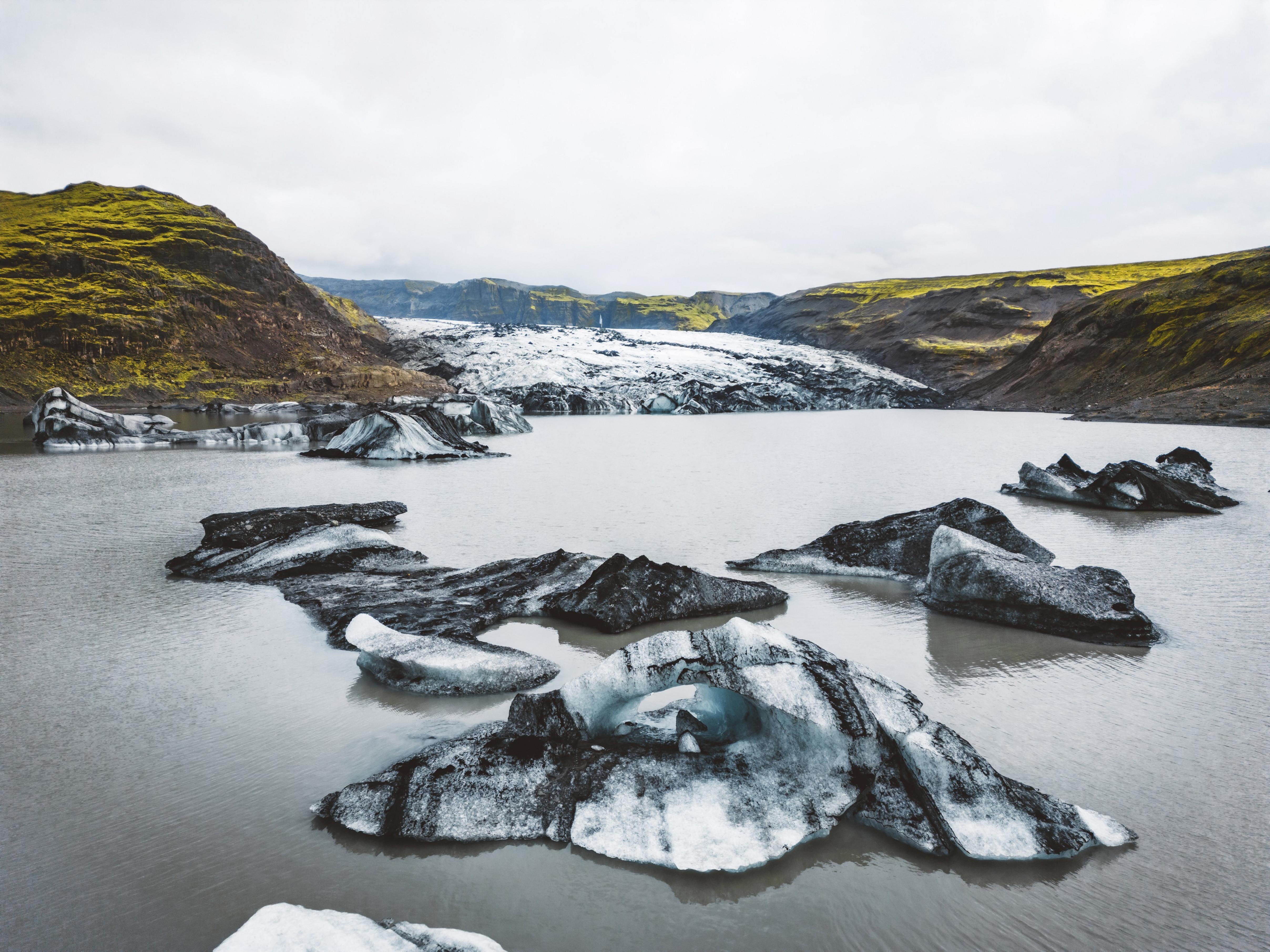Study predicts significant loss of glacier mass by 2100

Glaciers around the world are losing mass more quickly than previously thought, projections by a researcher in Brussels show.
Harry Zekollari, a researcher from the Vrije Universiteit Brussel (VUB), has attempted to measure the evolution of some 200,000 glaciers between now and 2100. His projections show slightly higher losses than those included in recent IPCC reports, the VUB said on Friday.
The study, published in the journal The Cryosphere, provides the most comprehensive and detailed projections of glacier evolution, with the exception of the Greenland and Antarctic ice caps. The results, based on advanced models calibrated using observations specific to each glacier rather than regionally aggregated data, take into account the latest climate scenarios.
“In the most optimistic, low-emission scenario, glaciers are expected to lose around 25 to 29 per cent of their mass by 2100,” says Zekollari, from the VUB’s Water and Climate department.
"With high emissions, this figure increases considerably"
“On the other hand, in a scenario with high emissions, this figure increases considerably, with a projected loss of 46 to 54 per cent of the world’s glacier mass.”
However, the loss is not uniformly distributed. The European Alps, for example, are among the most vulnerable, with an estimated volume loss of more than 75 per cent, and many are likely to disappear altogether in high-emissions scenarios.
Glaciers in polar regions such as Arctic Canada, Iceland and Svalbard are expected to retain a greater proportion of their mass by the end of the century, though they too will suffer considerable losses.
The loss of glacial mass has major implications for sea level rise, water availability, biodiversity and the stability of natural ecosystems.
#FlandersNewsService | © PHOTO IMAGEBROKER
Related news

